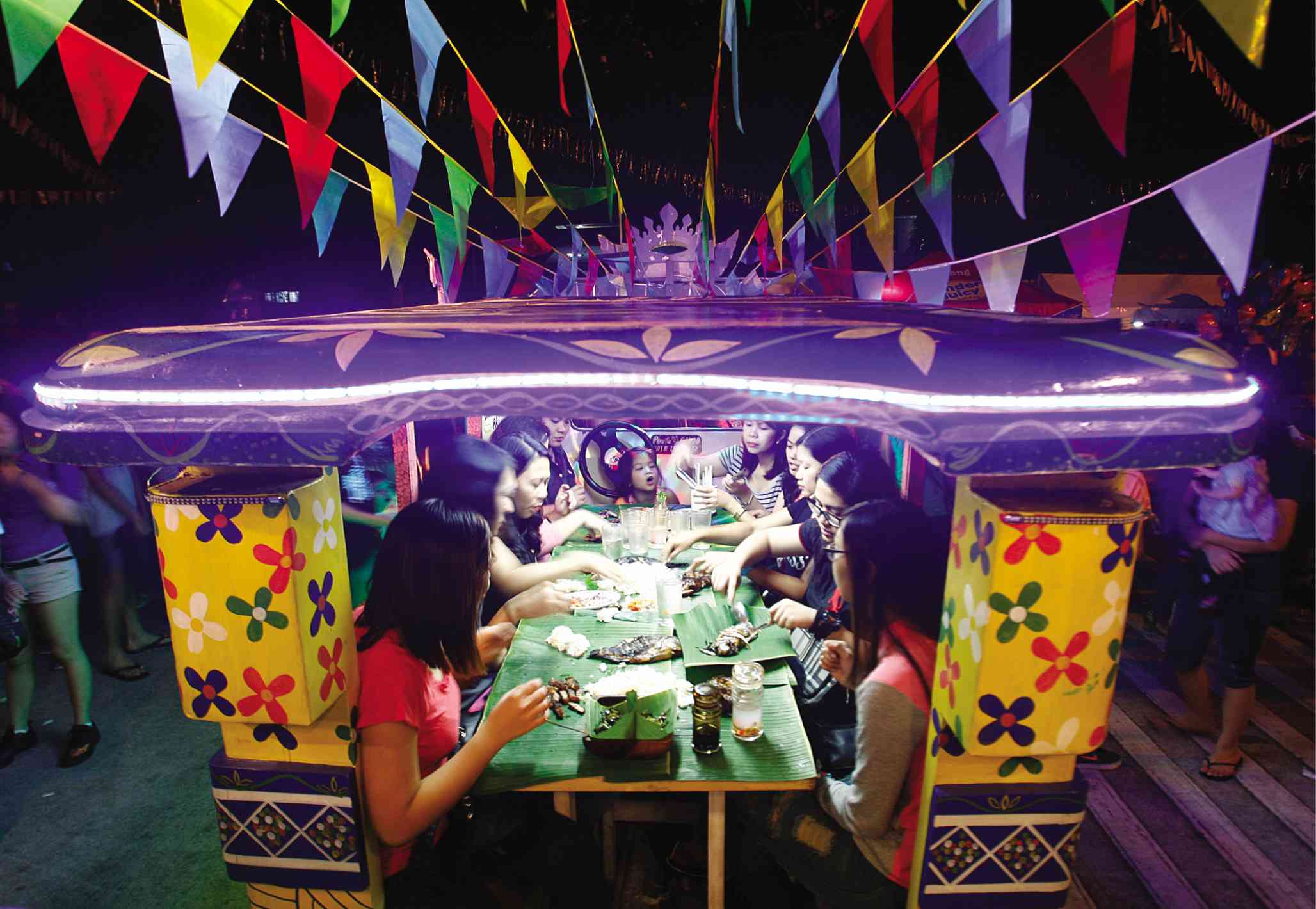Whether you’re looking for a modest or exquisite food place, or a romantic date night venue or a late-night hangout, Maginhawa Street has it all for you.
Over the past decade, this stretch has drastically transformed from being a residential zone in Diliman, Quezon City, to a popular art and food tourism destination. In fact, a number of local dining establishments had their humble beginnings along this 2.2-kilometer street as hole-in-the-wall food spots before expanding in different areas in the metro.
Art and music galleries have likewise sprouted within the area, while some restaurants have infused artistic vibes or pop culture themes with customers’ dining experience.
In the city’s latest comprehensive zoning ordinance, the four barangays—UP Village, Teachers Village (East and West) and Sikatuna Village—which Maginhawa Street traverses are categorized as Medium Density Residential Zone, characterized by multi-family housing like duplexes, townhouses or row houses.
But the portion of Maginhawa Street bordered by Masaya and Malingap Streets on its either end is categorized as Minor Commercial Zone, described as having commercial and trade activities on a district scale, including retail outlets, professional offices, personal and home service shops and small-scale eateries.
In 2014, Maginhawa Streeet hosted the first food festival, dubbed as the Quezon City Food Festival, in time for the city’s 75th founding anniversary. Over 70 food establishments joined the said event, as tables and chairs for the diners were set up along the path that was closed to traffic.
Acknowledging the potential of Maginhawa and its adjacent streets to become a top art and gastronomic destination in the metro, the Quezon City Council issued Ordinance No. SP-2559 in 2017 to declare the said vicinity as Maginhawa Art and Food Hub.
The new tourism district covers the entire stretch of Maginhawa Street up to V. Luna Extension, including the adjacent streets of Malingap, Magiting and Mayaman. Rafael L. Antonio, Inquirer Research
Sources: Quezon City Council and Inquirer Archives



